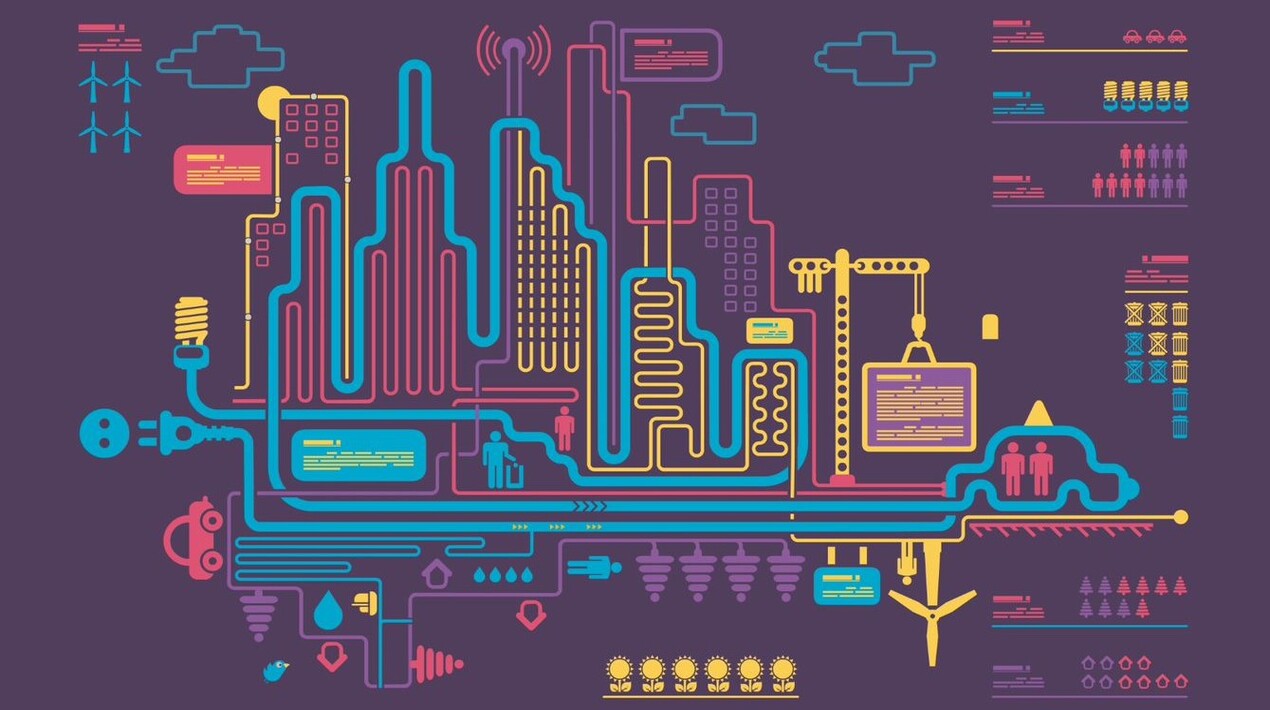
The University of Canterbury is exploring a seven-year project to integrate renewable energy into Aotearoa New Zealand’s electrical grid commencing in two years. It aims to turn the country’s century-old power grid into an optimum system for New Zealand’s needs by 2050, a statement by the University wrote. It is working closely with researchers from local and international universities and industry collaborators to share knowledge.
The project includes a proposed expanded meshed High Voltage DC (HVDC) grid to enable the transport of high volumes of power to other areas of the country. The project, Architecture of the Future Low Carbon, Resilient, Electrical Power System, or FAN, Future Architecture of the Network, received NZ$13.3 million over seven years from the Ministry of Business, Innovation and Employment (MBIE) in 2020 as part of the Strategic Science Investment Fund (SSIF) Advanced Energy Technology Platform Research Programmes.
According to Watson, the project is important because the power grid is changing in its nature. There is a rapid deployment of new technology that is converter-based, such as electric vehicles (EVs), battery storage systems, and solar PV generation. Wind turbines, for instance, generate variable-speed AC that is converted to DC and then converted back to AC to connect to the grid.
These DC/AC conversions are needed because the existing system is AC. The proposed hybrid grid will reduce the number of conversion stages needed, resulting in greater efficiency and fewer risks. The hybrid system will give the country the best of both worlds, Watson explained. “It makes integration of these new technologies easy because they are DC and plug into the DC part of the network, but we can still use the AC transformation to ensure optimum voltage.”
Home appliances such as heat pumps, fridges, washing machines, and clothes dryers convert AC to DC. This is because there are a lot of efficiencies in variable frequencies going into a motored driver compressor rather than a more traditional on/off cycle. Almost all new appliance technology use DC internally. Watson said that feeding with DC means there is less componentry that can fail and lower losses. It removes the AC/DC conversion loss as well as reduces conveyance losses as DC transmission is more efficient than AC.
The project is split into five workstreams:
Network Architecture: This investigates what the optimal structure of the future hybrid AC/DC system is and how much of the system should be DC.
Topology: This will look at the structure of the circuits and what is needed for them to function correctly in an AC/DC environment.
Converters and enabling technologies: This will explore what building blocks are needed for the new system. For example, the types of converters, control algorithms, DC breakers, and new devices to be used in these building blocks.
Transition path: This looks at how the present system can be transformed into the new hybrid AC/DC system and how much of the AC components, such as cables and overhead lines, can be repurposed for DC and what are the operational limits.
Vision Mātauranga (Education): This workstream contributes to the other four workstreams – partnering with Maori communities to share knowledge, build capability, understanding and interest in all aspects of the project and inform outcomes.
If governments, research organisations, and private players do not do anything, in the future, band-aid solutions will have to address problems as they occur, such as system constraints, equipment malfunction, and premature component failure. This will result in a sub-optimal system, Watson noted. “We need to be working on cohesive and enabling solutions for achieving low emissions, for which electricity will be our primary energy medium,” he said.
















